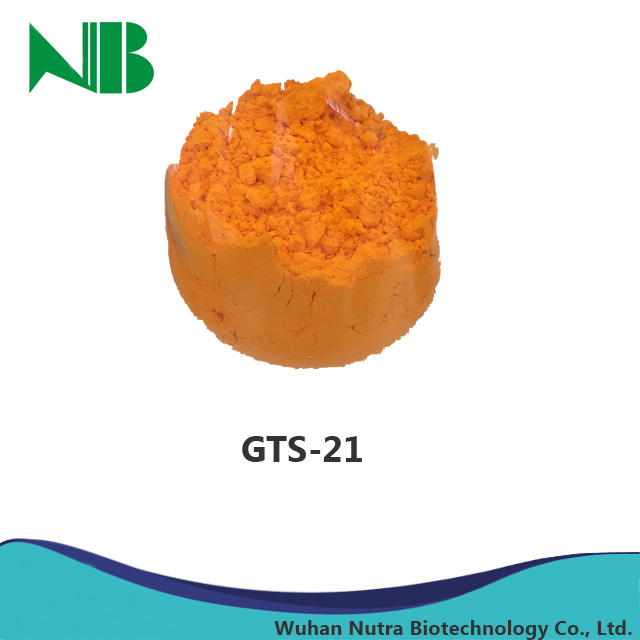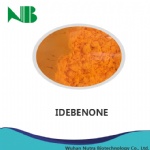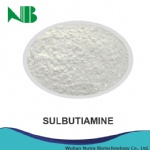GTS-21
Product Description:
Product Name: 3-(2,4-dimethoxybenzylidene)anabaseine
Synonyms: 3-(2,4-dimethoxybenzylidene)anabaseine;3-[(3E)-3-[(2,4-dimethoxyphenyl)methylidene]-5,6-dihydro-4H-pyridin-2-yl]pyridine dihydrochloride;3-(2,4-Dimethoxy-benzyl)-3,4,5,6-tetrahydro-[2,3']bipyridinyl;3-(2,4)-DiMethoxybenzylidineanabaseine;GTS-21 (DMXB-A);3-(2,4-DiMethoxy-benzyl)-3,4,5,6-tetrahydro-[2,3']bipyridinyl Dihydrochloride;(3E)-3-[(2,4-Dimethoxyphenyl)methylene]-3,4,5,6-tetrahydro-2,3'-Bipyridine dihydrochloride;DMBX-anabaseine
CAS: 156223-05-1
MF: C19H22Cl2N2O2
Nemertines are a phylum of carnivorous marine worms that possess a variety of alkaloidal, peptidic or proteinaceous toxins that serve as chemical defenses against potential predators. The hoplonemertines additionally envenomate their prey with a mixture of proboscis alkaloids delivered with the help of a calcareous stylet that punctures the skin of the victim. Anabaseine, the first of these alkaloids to be identified, stimulates a wide variety of animal nicotinic acetylcholine receptors (AChRs), especially the neuromuscular [e.g., α12β1γδ (embryogenic) or α12β1γε (adult)] and α7 AChRs that are inhibited by the snake peptide α-bungarotoxin. A synthetic derivative, 3-(2,4-Dimethoxybenzylidene)-Anabaseine (DMXBA; also called GTS-21), improves memory in experimental animals and humans and is currently in clinical trials to determine whether it can ameliorate cognitive problems associated with schizophrenia. Here we summarize present knowledge concerning the chemistry and mechanisms of action of these two substances (anabaseine and DMXBA) on AChRs, especially those found in the mammalian brain.
Synonyms: 3-(2,4-dimethoxybenzylidene)anabaseine;3-[(3E)-3-[(2,4-dimethoxyphenyl)methylidene]-5,6-dihydro-4H-pyridin-2-yl]pyridine dihydrochloride;3-(2,4-Dimethoxy-benzyl)-3,4,5,6-tetrahydro-[2,3']bipyridinyl;3-(2,4)-DiMethoxybenzylidineanabaseine;GTS-21 (DMXB-A);3-(2,4-DiMethoxy-benzyl)-3,4,5,6-tetrahydro-[2,3']bipyridinyl Dihydrochloride;(3E)-3-[(2,4-Dimethoxyphenyl)methylene]-3,4,5,6-tetrahydro-2,3'-Bipyridine dihydrochloride;DMBX-anabaseine
CAS: 156223-05-1
MF: C19H22Cl2N2O2
Nemertines are a phylum of carnivorous marine worms that possess a variety of alkaloidal, peptidic or proteinaceous toxins that serve as chemical defenses against potential predators. The hoplonemertines additionally envenomate their prey with a mixture of proboscis alkaloids delivered with the help of a calcareous stylet that punctures the skin of the victim. Anabaseine, the first of these alkaloids to be identified, stimulates a wide variety of animal nicotinic acetylcholine receptors (AChRs), especially the neuromuscular [e.g., α12β1γδ (embryogenic) or α12β1γε (adult)] and α7 AChRs that are inhibited by the snake peptide α-bungarotoxin. A synthetic derivative, 3-(2,4-Dimethoxybenzylidene)-Anabaseine (DMXBA; also called GTS-21), improves memory in experimental animals and humans and is currently in clinical trials to determine whether it can ameliorate cognitive problems associated with schizophrenia. Here we summarize present knowledge concerning the chemistry and mechanisms of action of these two substances (anabaseine and DMXBA) on AChRs, especially those found in the mammalian brain.
Links:
Copyright © Wuhan Nutra Biotechnology Co., Ltd. All right reserved















